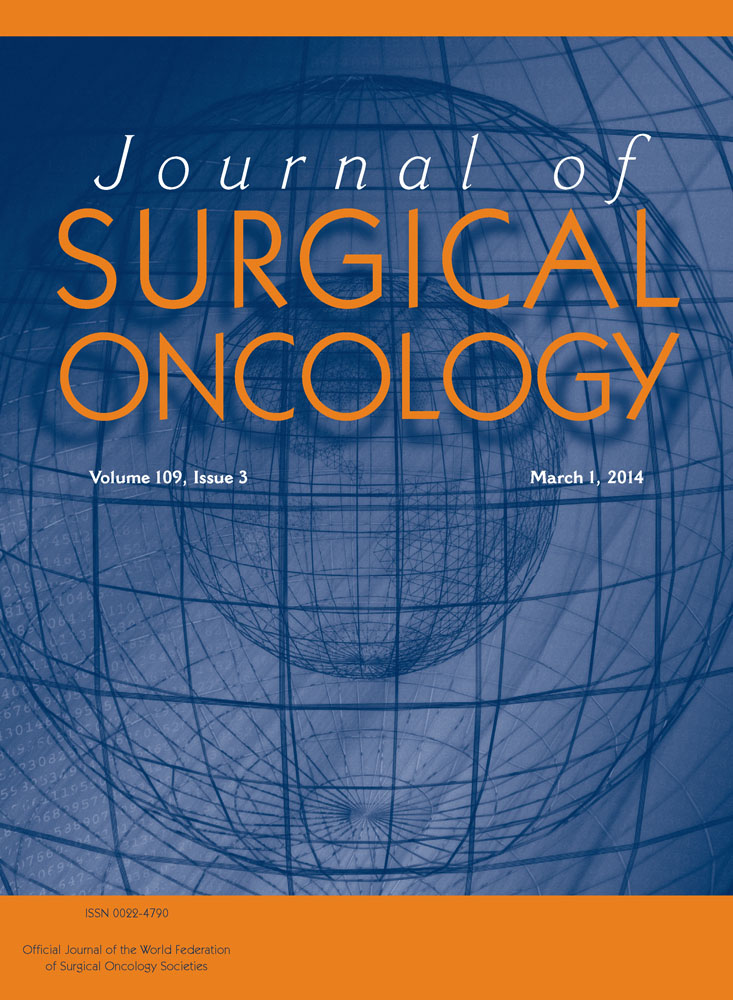Long-term outcome following surgical treatment of sacral chordoma
Abstract
Background
Sixteen sacral chordoma surgeries performed at a single institution during the 1983–2008 period were retrospectively studied. Our aim is to assess surgical treatment and long-term outcomes.
Methods
Fifteen patients underwent primary wide excision, and one intralesional excision using ethanol for local control and radiation therapy (RT). A combined anteroposterior approach for large tumors above S2, and wide excision was performed with the modified threadwire-saw (MT-saw) after 1997.
Results
Fourteen of the 15 patients had wide margins, one a wide margin with contamination. The MT-saw was facilitated sacral excision with wide margins. Eleven patients are alive for 5–28 years. Five patients died before 10 years, two patients experienced sepsis, and one of another disease. Two patients died of local recurrence (LR) and another of multiple metastases after intralesional excision and wide excision with contamination, respectively. LR and complications occurred 4 each of 11 patients with tumors ≥10 cm, neither with tumors <10 cm. The overall 5- and 10-year survival rate with wide surgical margins was 13/16 (81.3%) and 8/13 (61.5%).
Conclusions
A combined anteroposterior approach for large tumors, and the MT-saw facilitates sacral excision with wide margins. Wide excision is recommended for younger patients. J. Surg. Oncol. 2014 109:184–188. © 2013 Wiley Periodicals, Inc.




